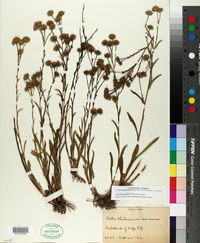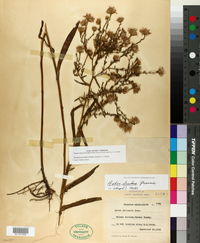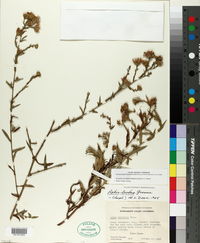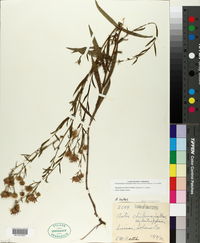

|
|
|
|
Family: Asteraceae
Suisun Marsh American-Aster
|
|

Development supported by National Science Foundation Grants
(DBI 9983132,
BRC 0237418,
DBI 0743827,
DBI 0847966)
Powered by Symbiota
Powered by Symbiota
























